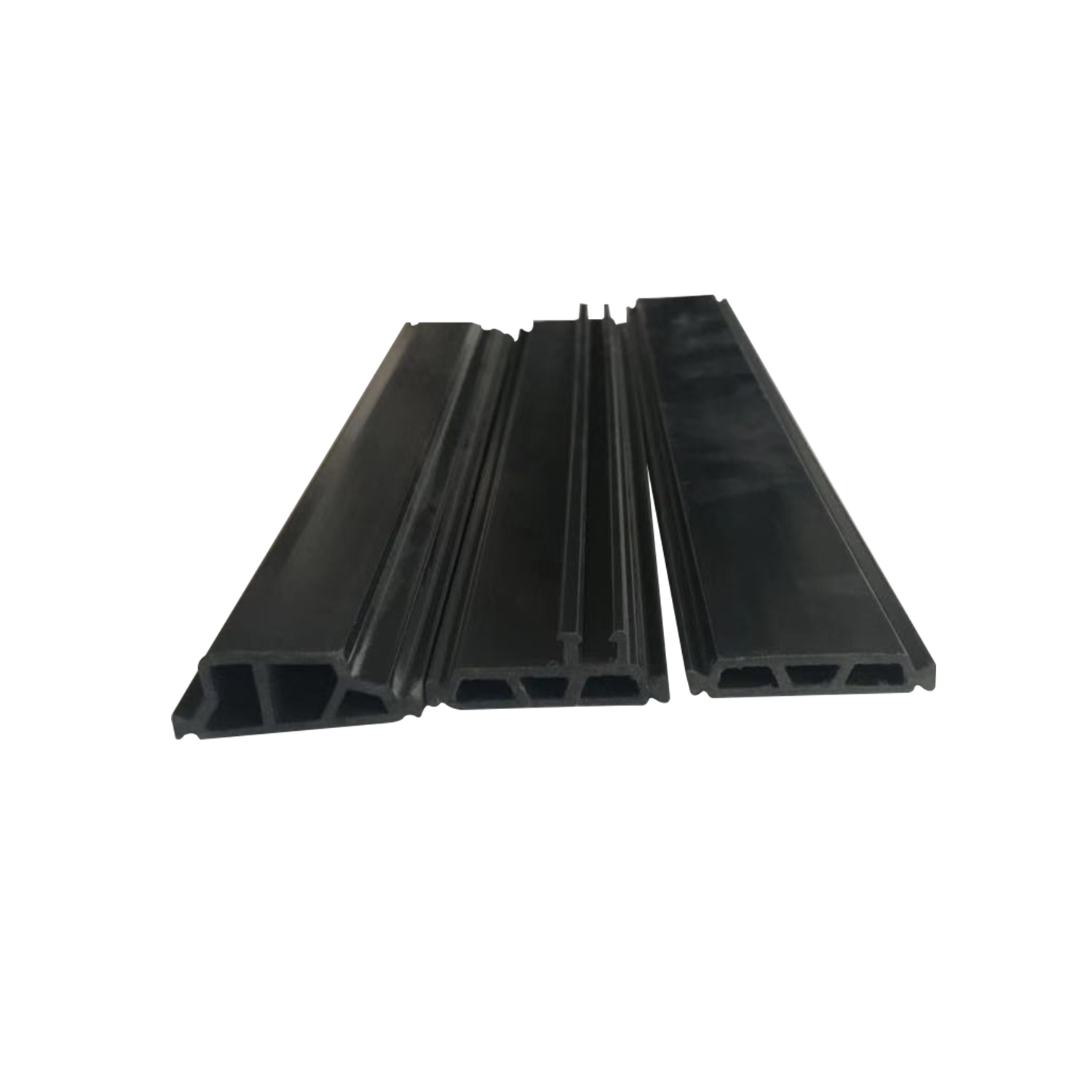Is The Wider The Insulation Strip Better?
2023-05-29
The insulation strip has been continuously improving, and over the past 40 years, it has evolved from the initial I-type to various shapes now. All insulation strips are on the same straight line, forming an effective barrier on the profile, commonly known as isotherm or isothermal layer.
When cold and hot exchange is carried out on indoor and outdoor profiles, the entire heat change is relatively uniform, and the cold and hot air will not move randomly, reducing unnecessary heat loss. Thermal insulation strips are an important part of bridge breaking aluminum windows. Because aluminum alloy is a metal, it conducts heat quickly. Therefore, when there is a significant difference in temperature between inside and outside the room, aluminum alloy can become a "bridge" for transferring heat. Such materials, when used as doors and windows, have poor thermal insulation performance. And the bridge cutting aluminum has come up with a way to improve it, dividing the aluminum profile in half and then reconnecting the two end profiles with a section of material with lower thermal conductivity, which is the insulation strip. In theory, the wider the width of the insulation strip, the better the insulation effect. However, when the width of the insulating strip reaches about 35mm, it will not change the heat transfer coefficient (K value) of the whole window much. The range of insulation strip width between 24-35mm is relatively suitable, and there is no need to pursue excessively wide insulation strips.


